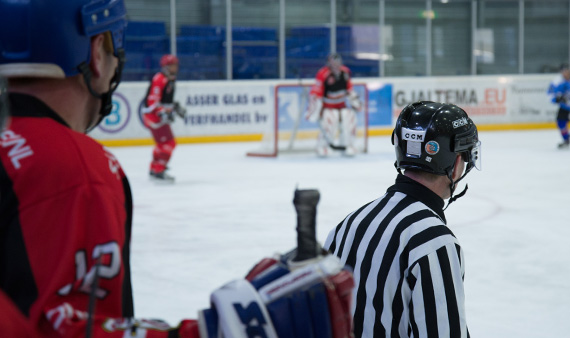Private Equity
Community Ice Rinks
W. Graeme Roustan as Chairman and CEO of Roustan Capital launched a fund dedicated to investing in community ice rinks and related companies in the USA previously struggling to stay open or had closed its doors. The intention was to give them a second chance for success.
One trait the investment criteria contained was that the community ice rink or operation would have to be the only one in a given community, and that its demise would cause its hockey players and figure skaters to hang up their skates for good. Investments were not made if one ice rink was to close and the users could go to another ice rink close by, having the effect of making the surviving one a more financially viable operation as opposed to two financially weak operations.
The investors in the fund were financially strong and hockey lovers well aware that their investment was at risk, and that a return on investment was not assured at all. After all, the community ice rink business is extremely risky, and you had better have a secondary motive going in.
The fund was able to save some ice rinks with new fresh equity capital while others were too far gone to be saved. In some cases, invested capital extended the operating life of some ice rinks so that many people were able to benefit from the facility for an extended period of time.
One ice rinks has become one of the highest grossing ice rinks in the USA and is still in the portfolio today after ten years of successful operation. Like most community ice rinks, it has a retail pro-shop selling Bauer, CCM and Easton Hockey products, which makes Roustan Capital a retail client of all of these companies as well.
Overall, the portfolio of companies has been a good investment financially. However, there is no spreadsheet that can align numbers in a way that tallies up the quality of life brought to hundreds of thousands of hockey players, figure skaters and recreational skaters enjoying these community ice rinks for more than a decade scattered across the USA.
The same capital that was invested in these community ice rinks would have made a better financial return on investment had it been parked in an S&P 500 fund; however, these investments created jobs, economic expansion, other spinoff investments, and goodwill. These types of investments contribute to the growth of the game at the grassroots level. And anyone involved in the operation of community ice rinks should appreciate what they have done for the game and be appreciated by others benefiting from the grassroots organizations making the international hockey industry what it is today.

